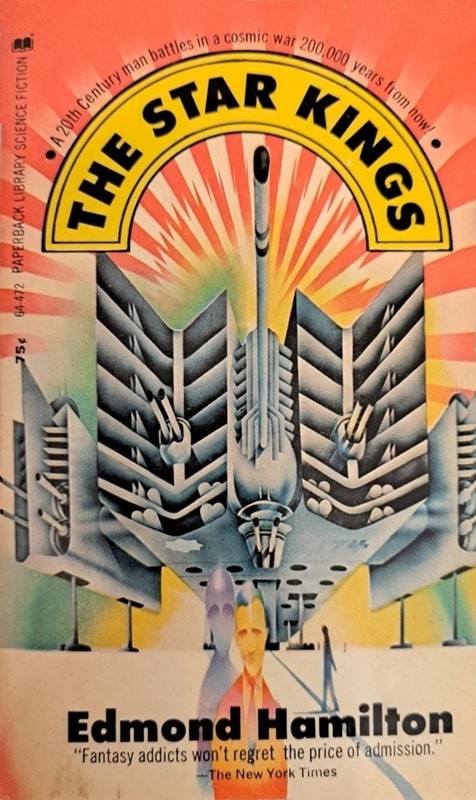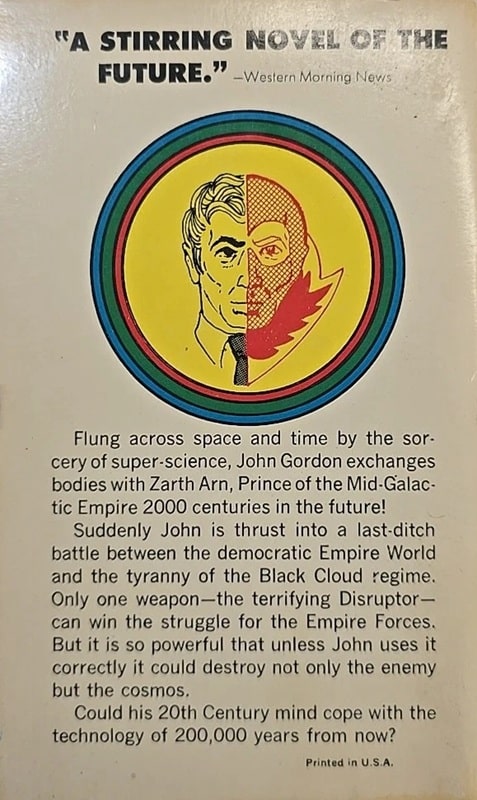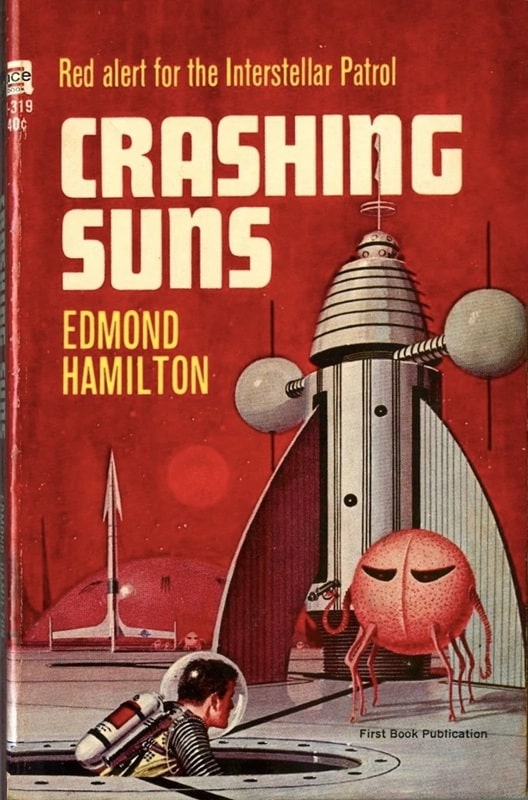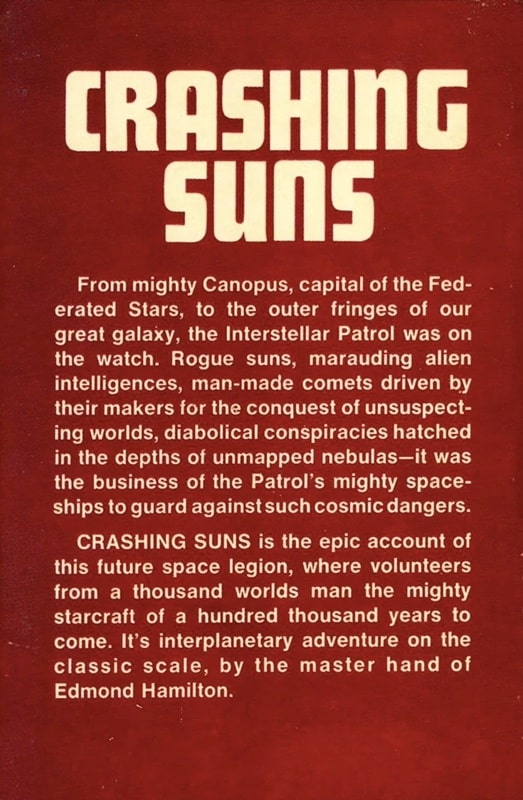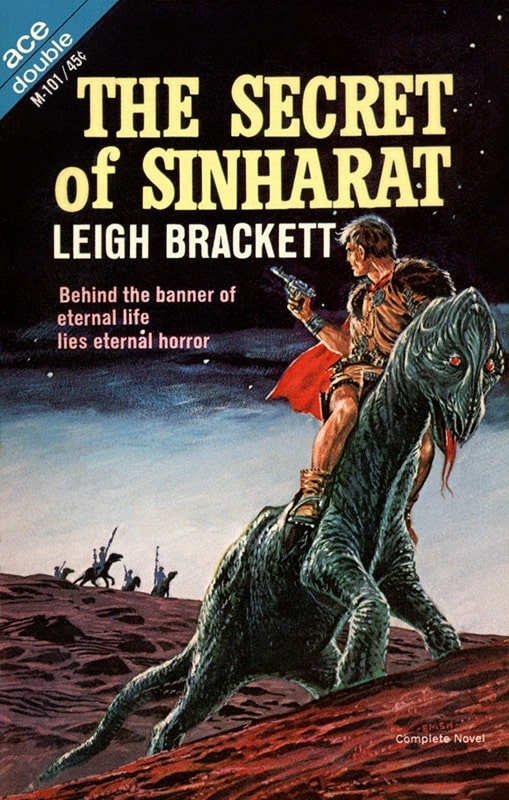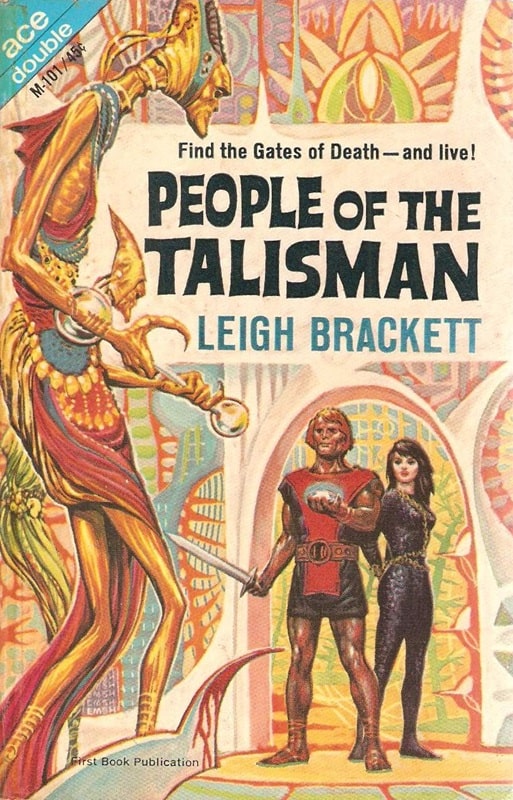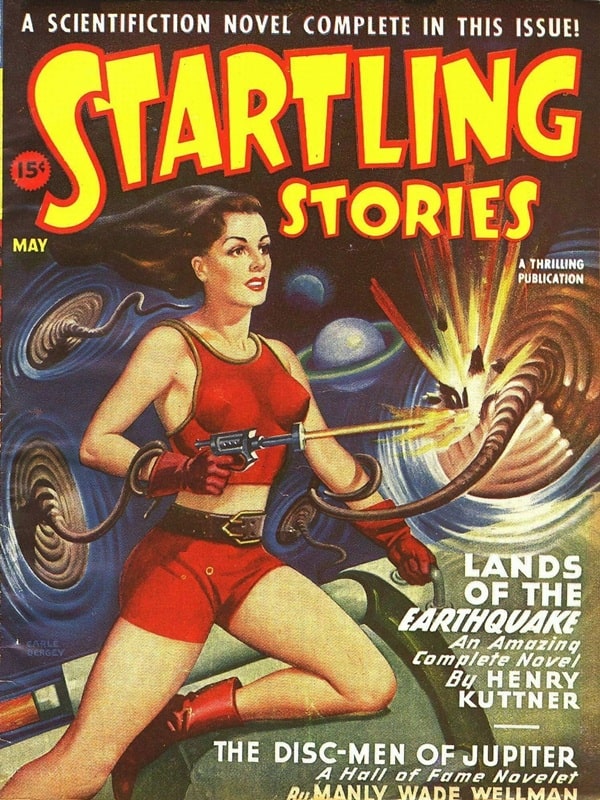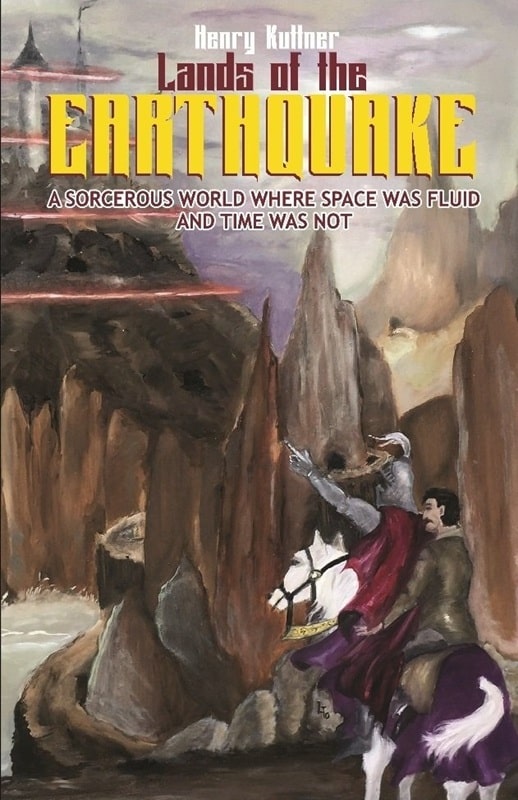Tor Doubles #26: John Varley’s Press Enter and Robert Silverberg’s Hawksbill Station

Cover for The Death of Doctor Island by Ron Walotsky
Tor Double #26, originally published in October 1990, contains the fifth and final story by Robert Silverberg. It also contains the second of three stories by John Varley.
Hawksbill Station was originally published in Galaxy in August, 1967. It was nominated for the Hugo Award and the Nebula Award. Set in the Cambrian period, before land animals or plants have evolved, it focuses on the titular prison, sent back in time from the twenty-first century to house political dissidents.
